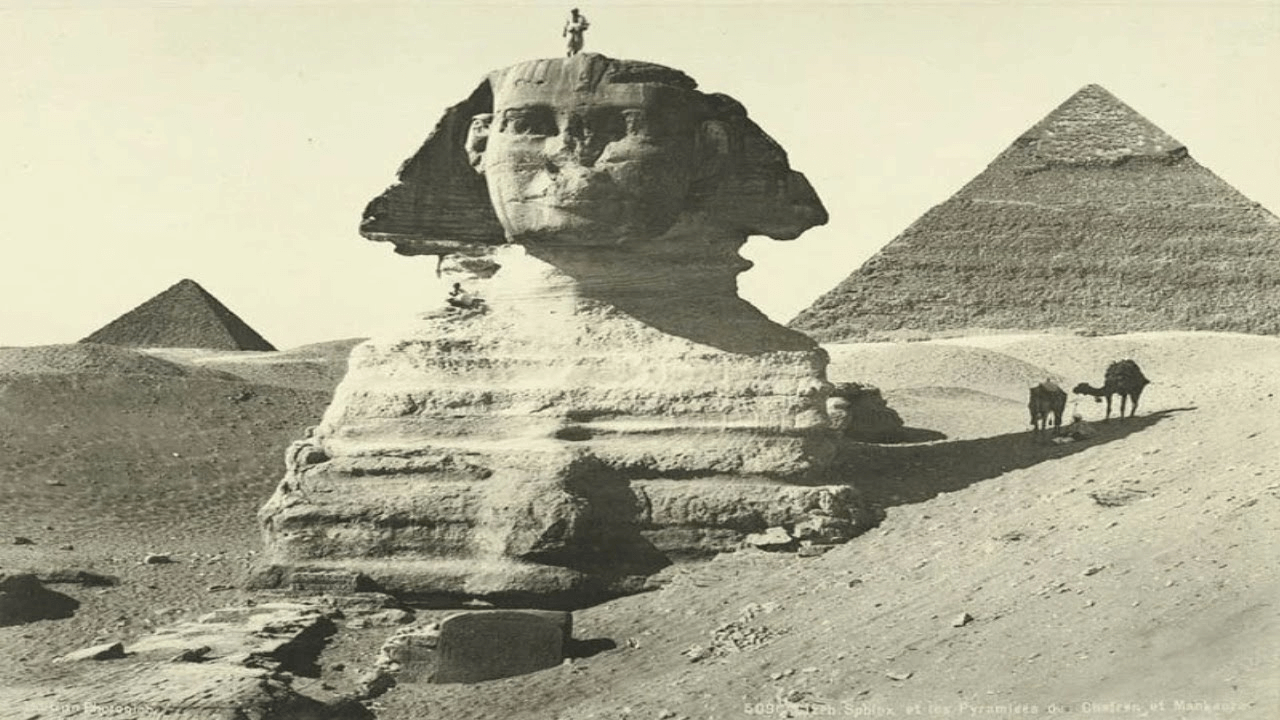This captivating video delves into the world's most prized artifacts, unveiling treasures such as the illustrious funerary mask of King Tutankhamun, the enigmatic Rosetta Stone, the profound Dead Sea Scrolls, and the awe-inspiring Terracotta Army. Each of these artifacts serves as a tangible chronicle from a bygone era, standing as the zenith of cultural accomplishment and artistic brilliance.
Take, for instance, the funerary mask of King Tutankhamun, a mesmerizing masterpiece crafted from solid gold and adorned with precious stones. This opulent relic stands as a testament to ancient Egypt's deep-rooted belief in the afterlife, symbolizing the profound spiritual connection of that era.
The Rosetta Stone, etched with the same text in three scripts, emerges as a pivotal key that unlocked the mysteries of ancient Egyptian hieroglyphics. This monumental discovery ushered in a new era of comprehension, enriching our understanding of their civilization and marking a milestone in scholarly achievement.
The Dead Sea Scrolls, a trove of invaluable manuscripts, provide profound insights into the foundations of three major world religions: Judaism, Christianity, and Islam. These ancient writings offer a unique glimpse into the beliefs and practices that have shaped humanity for centuries.
Lastly, the Terracotta Army, a marvel created over two millennia ago to accompany China's inaugural emperor into the afterlife, serves as a captivating window into the military, cultural, and technological advancements of the Chin Dynasty.
These artifacts transcend mere physical objects; they are cherished relics that weave the tapestry of our shared human history. Their haunting beauty, intellectual significance, and historical importance continue to enthrall and inspire, connecting us to the rich tapestry of our collective past.



































